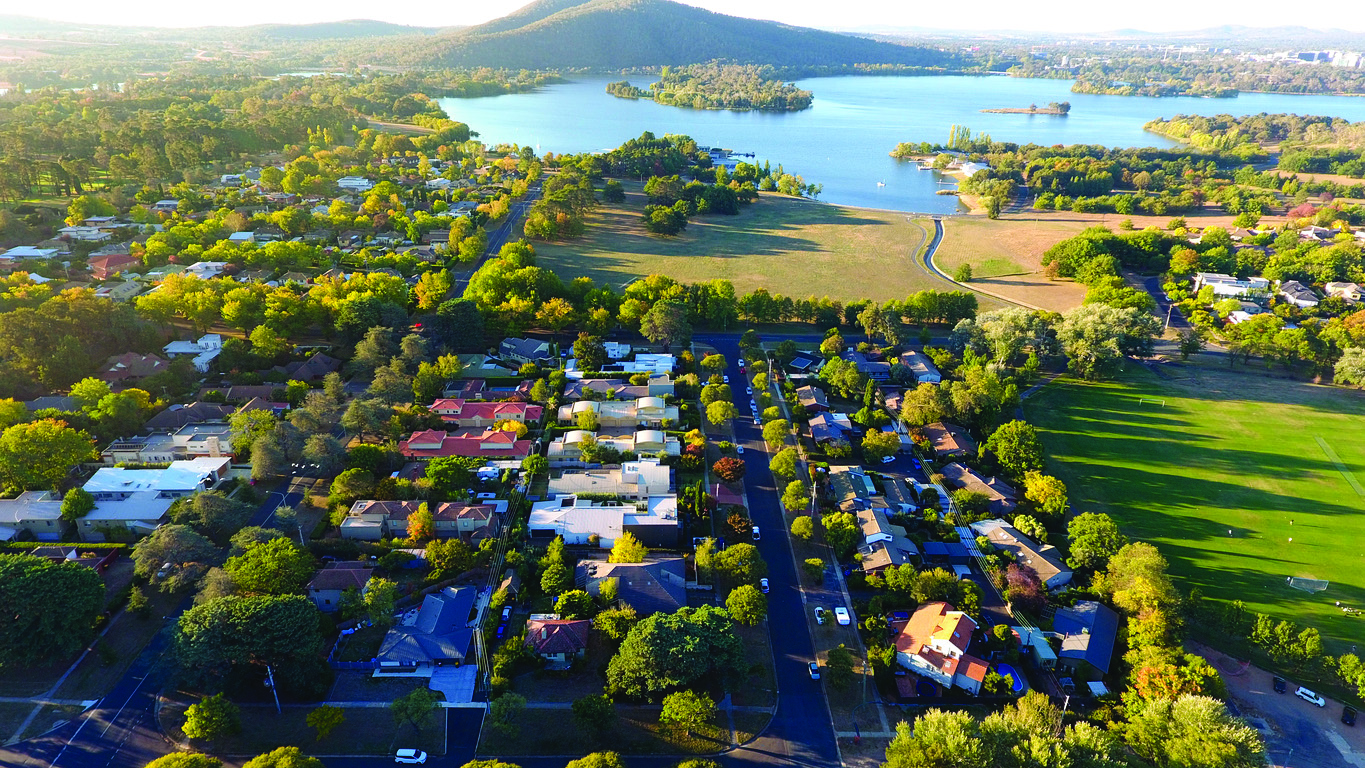The lack of suitable land in the country’s capital may put a strain on growth in property supply
In terms of its economy, Canberra is one of the best capitals in Australia. As the political centre of the country, it has a consistently strong job market, leading to steady population growth and high demand for housing.
“The ACT is home to the country’s largest employer, the APS, which has little or no chance of large redundancies and guaranteed growth,” explains Michael Kumm, president of the Real Estate Institute of the ACT.
“Because of the increasing population, new regions have been created in Canberra, but some are lacking both shopping facilities and work areas. This is placing a strain on our road system and subsequent local inner migration.”
The state government has increased the supply of mediumto high-density land available for construction, but Kumm notes that the ACT has “vast tracks of land that are unsuitable for residential accommodation”.
“In the not-too-distant future, the state will start to face restrictions in regard to its borders,” he predicts.
Despite the lack of land, the Canberra market could still experience an oversupply of property, which could spell bad news, especially for those buying off the plan.
“Due to their size and the lack of ability to stage a highrise development, there could still be an oversupply of units in either one area or price bracket,” Kumm says.
“This in turn may lead to lower prices for the final units at the expense of the off-the-plan sales.”
New stock is set to come in as soon as 2020. In the Residential Property Prospects 2019 to 2022 report published by BIS Oxford Economics, associate director Angie Zigomanis notes that over the next year more residential constructions are expected to be completed.
“This will be met by a strong local economy, solid population rises and affordable house prices in a high-income economy. These positives will help to keep prices rising, despite the challenges coming from high levels of new supply,” he says.
Indeed, price growth in Canberra is still going strong, having slowed down only slightly. CoreLogic research analyst Cameron Kusher reported that over the 2018/19 financial year the share of property sales under $400,000 has continued to fall – the share of house sales at this price point went from 6.8% in the 2017/18 financial year to 5.0% in 2018/19.
SUBURB TO WATCH
WRIGHT: Growth in the negative
Named for poet, environmentalist and Aboriginal land-rights advocate Judith Wright, the suburb of Wright in Canberra’s Molonglo Valley saw values fall in the 12 months to July 2019.
Both house and unit prices slipped by about 4% in this period – the median value of houses tumbled below $700,000 and unit prices slipped to under $400,000. For units, this follows impressive growth of 10% since 2016, while almost 20% growth in house prices has been observed since 2014.
Despite the recent slip in prices, the average vendor discount for units is quite low, at 3.8%, suggesting there’s still some demand. Rental rates are also up by 2.3%, bringing the weekly advertised average to $450.
Discount: Units have a low average discount of 3.8%, suggesting demand
Yield: Both houses and units earn reasonably strong yields, at 4.5% and 5.6% respectively
